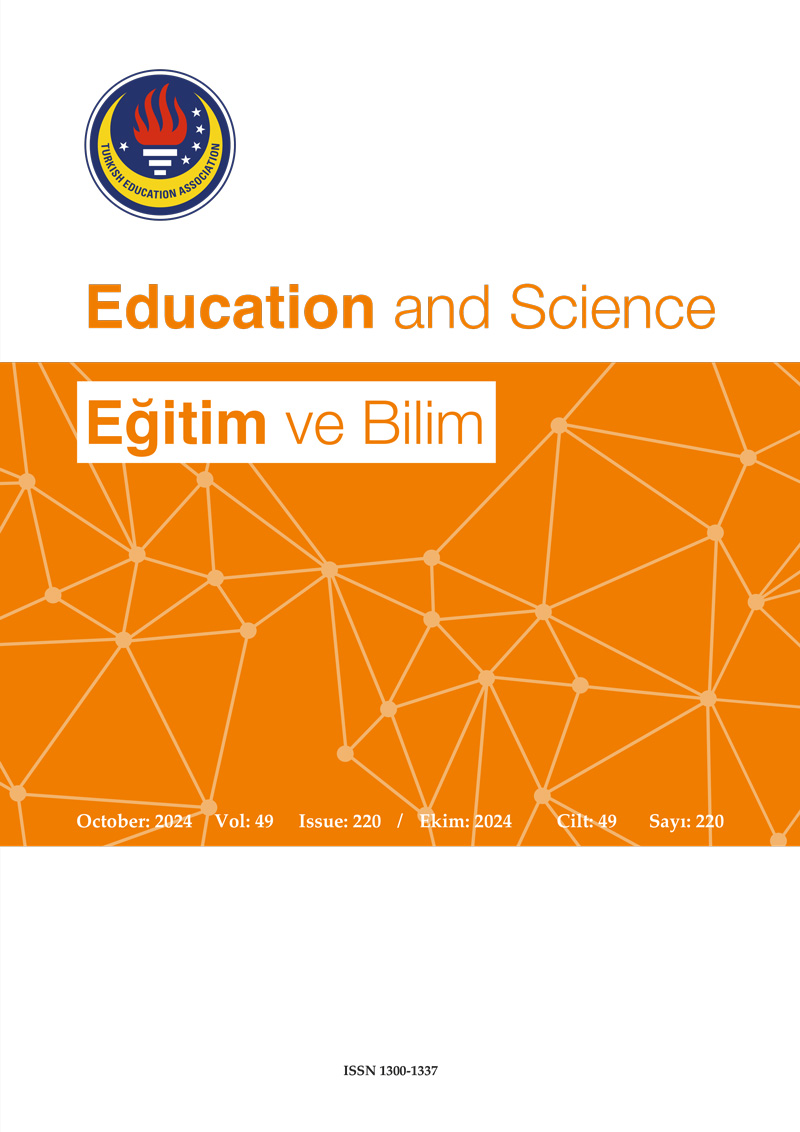Abstract
The aim of this study was to understand the factors that play a role in the first-grade students’ strategy choices while solving addition word problems. Six students selected from two first-grade classrooms were the focus participants of the study. Data were collected through five clinical interviews conducted throughout the academic year 2018-2019. The interviews were analyzed based on Baroody and Ginsburg’s framework (1986), including three factors: (i) semantic structure of problem, (ii) cognitive economy, and (iii) problem size. We found that the first-grade students who did not receive explicit instruction on a particular strategy could develop several strategies at different levels of sophistication. Regarding the factors influencing students’ strategy choices, our findings confirmed Baroody and Ginsburg’s (1986) framework and extended it with three additional factors: (i) the semantic structure of the mathematical operation and the order of the numbers stated in the problem, (ii) a flexible and conceptual use of number combination families for the cognitive economy, and (iii) the numbers involved in the problems. Hence, strategy choices and factors influencing strategy choices were discussed for educational implications.
Keywords: Addition, Word problems, Solution strategies, Strategy choices, Design-based research
Copyright and license
Copyright © 2024 The Author(s). This is an open access article distributed under the Creative Commons Attribution License (CC BY), which permits unrestricted use, distribution, and reproduction in any medium or format, provided the original work is properly cited.











